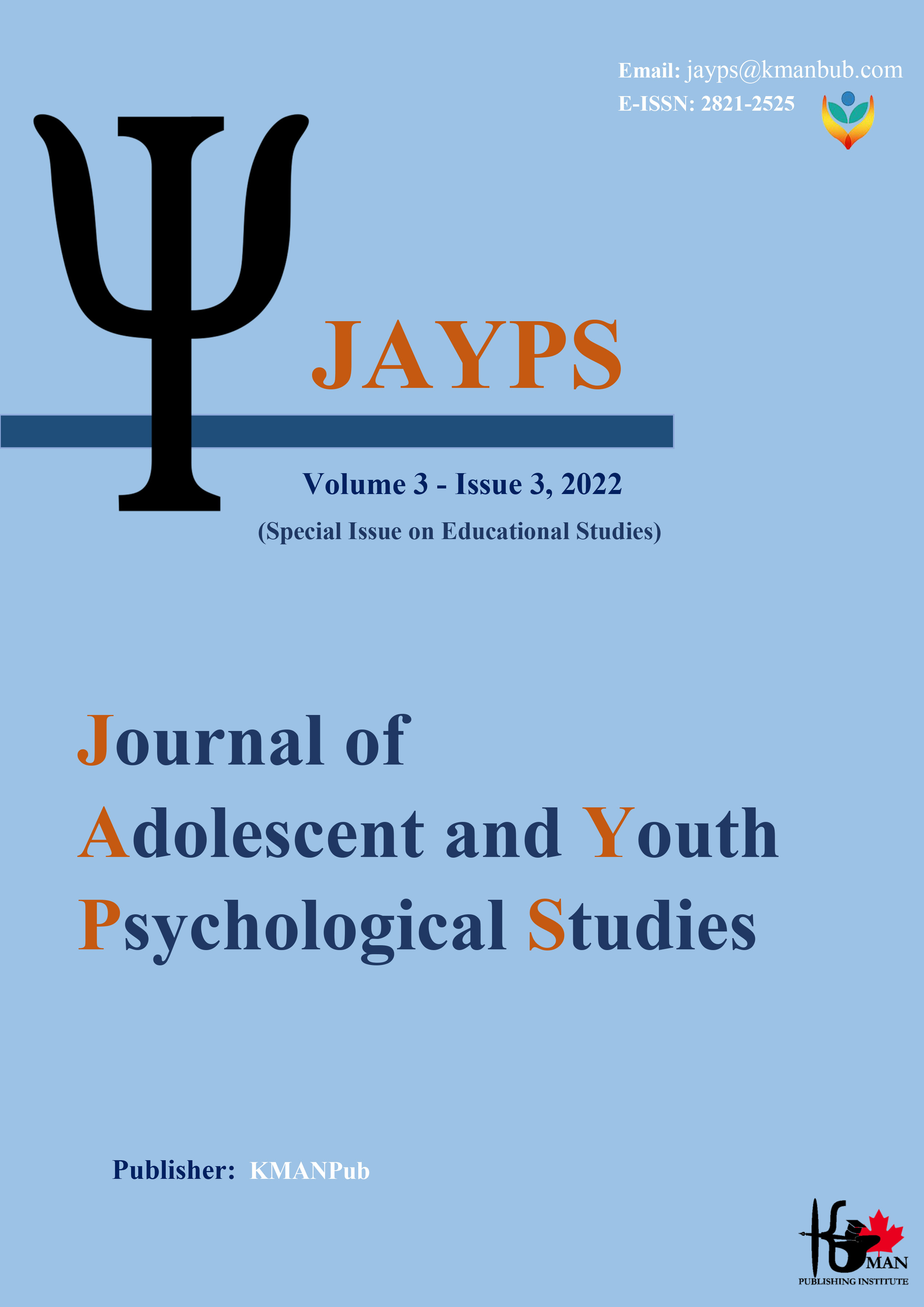Identifying and ranking the dimensions of the creativity-oriented curriculum with a postmodernist approach (Case study: Education of Mazandaran province)
Keywords:
Curriculum based on creativity, postmodernist approach, educationAbstract
Background and Aim: strengthening creativity in the classroom has countless positive and lasting effects and makes learners thinkers, curious, critical and risk-takers in adulthood; Therefore, the general goal of the current research was to identify and rank the dimensions of creativity-oriented curriculum with a post-modernist approach. Methods: This research is applied in terms of purpose, which was conducted with a mixed approach (qualitative and quantitative) with an exploratory design. A descriptive survey method was used in the quantitative part. Its statistical population consists of 20 senior managers and education experts of Mazandaran province in the qualitative section and 2653 managers, deputy heads and department heads of education departments and 2653 people in the quantitative section. They stated that in the qualitative part of the purposeful sampling method and taking into account the saturation law, the number of people was 10, and in the quantitative part, based on the Cochran formula, the number of 338 people was selected using the cluster-stratified random sampling method as a sample. Statistics were selected. A researcher-made questionnaire with 61 questions was used to collect data. The formal and content validity of the tool was approved by experts, and their combined reliability and Cronbach's alpha were calculated above 0.7, which was approved. Exploratory and confirmatory factor analysis tests were used to analyze the data. Results: The results showed that the curriculum based on creativity with a post-modernist approach has four dimensions "objectives, content, teaching method and evaluation" and each dimension has three components "knowledge, attitude and skill". Conclusion: The effect of all dimensions and components on the creativity-oriented curriculum was confirmed with a post-modernist approach, and then the teaching method with a factor load of 0.856 has a greater effect, and the goal dimension with a factor load of 0.761 has a lower effect.
Downloads
Downloads
Published
Issue
Section
License

This work is licensed under a Creative Commons Attribution-NonCommercial 4.0 International License.









